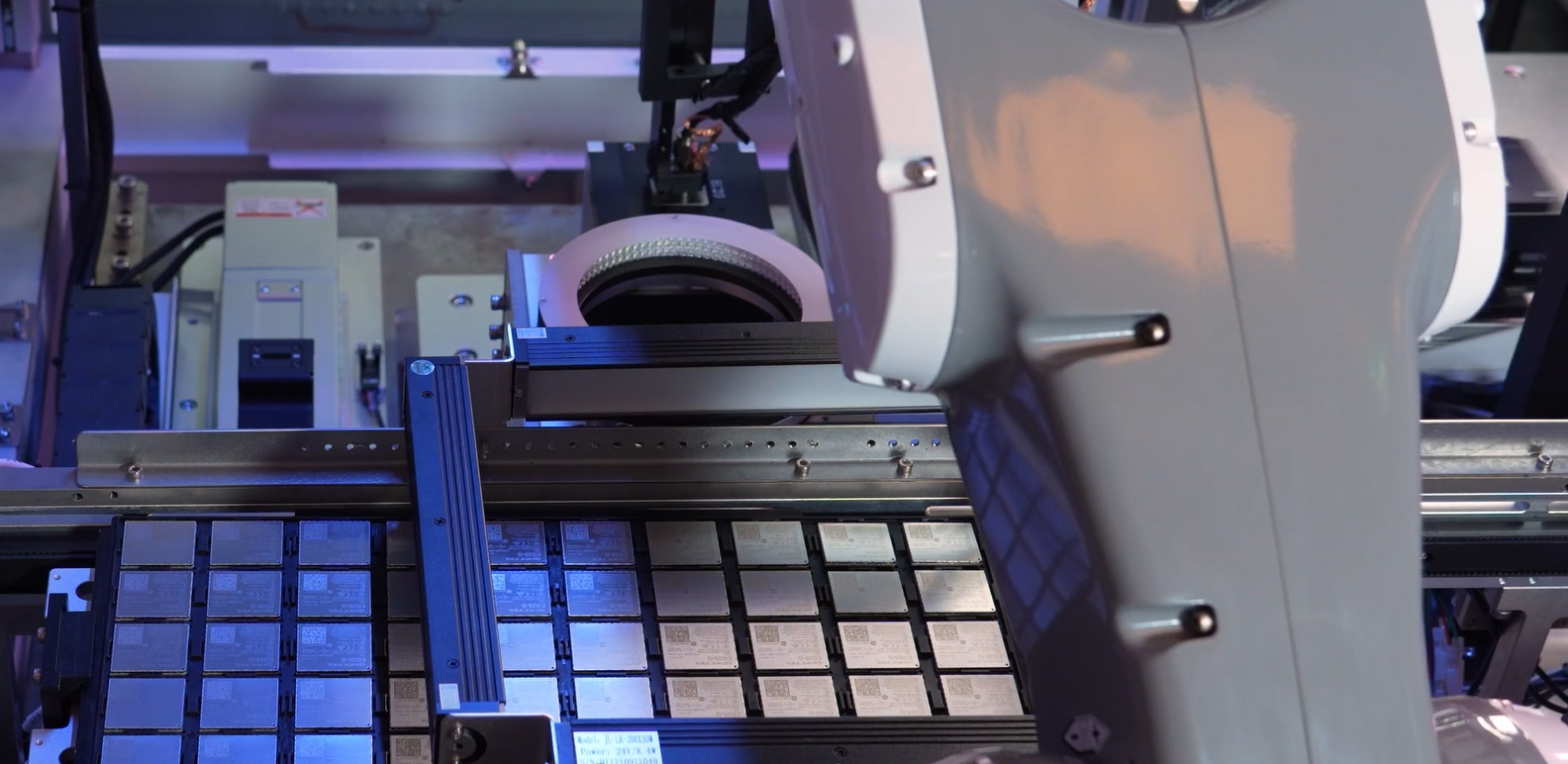Smart IoT modules enable intelligence at the edge
Smart modules are increasingly key to edge computing – the wider industry must understand how to make the most of their potential
Across IoT, organizations are looking to control their costs by optimizing the location of their compute power. Some see cloud or edge as the core computing resource – but thanks to the advances in chip technology, more can be done on the device itself. The reality is that a blend of cloud, edge and device-based intelligence will be used to enable ultra-low latency decision-making and enablement of complex processes and functions. However, the simultaneous arrival of 5G alongside smart IoT modules means devices can do more with fewer components.
This trend has been explored in greater depth in Quectel’s latest whitepaper, titled ‘Why smart IoT modules are the enabler for advanced, intelligent edge devices’. The paper sets out how smart IoT modules are transforming device design by bringing together functions, such as computing, graphics processing, data storage and connectivity, that were previously separate, into a single unified, highly compact item of hardware. IoT developers benefit because this takes away the need to design multiple function-specific modules and integrate these into a finished product or device.
Smart IoT modules are the crucial to the age of edge computing
The arrival of high-speed, low-latency 5G connectivity alongside cloud and edge intelligence expands the possibilities for devices, enabling applications as diverse as safety cameras and robotics and capabilities such as fixed wireless access and telemedicine. By combining privacy, security, reliability, low latency and the efficient use of network bandwidth, intelligent computing at the edge is being realized and smart IoT modules are playing a vital role in enabling devices, not only to connect but to perform essential device operations and functions.
This means that an IoT smart module can contain edge processing, cellular modems, Wi-Fi, Bluetooth and NFC capabilities and positioning technology either in the form of GNSS or cell-based positioning. In addition, a smart IoT module can support memory and SD cards, displays, cameras, sensors, buzzers, vibration alarms, touchpads, audio equipment and a variety of switches.
The vast array of ancillary and adjacent capabilities, functions and hardware that smart IoT modules enable means there are complex design decisions to be made regarding which smart IoT module attributes to prioritize. Quectel has developed a comprehensive portfolio of smart modules so developers can select the most suitable module for their use case. However, there are common benefits across the entire range.
Quectel smart IoT modules offer Linux, Android or Microsoft operating systems, all are feature rich, providing scalability and ease of integration with other components and systems. In addition, the modules are globally approved and offer transparent longevity alongside high security, which is common to all Quectel modules.
The benefits of smart IoT modules are clearly understood today as IoT organizations seek to add features to their devices without destabilizing fundamental design. Smart IoT modules offer significant efficiencies in terms of power consumption, space occupied within a device, the BOM cost and the simplified integration and vendor relationships of a minimized number of components. These attributes are critical to the success of IoT deployments but they cannot come at the cost of delayed time-to-market.

